In this article
View 8 More +A Highland Maltie is a mix between a West Highland White Terrier and a Maltese. They’re small, white dogs that are often confident and lively. However, they may also be stubborn, especially if not socialized properly. Their silky white coats are beautiful but may be more work than most dog owners expect.
Breed Overview
Height:
10–12 inches
Weight:
10–16 pounds
Lifespan:
12–14 years
Colors:
White
Suitable for:
Experienced dog owners, those with older children, apartment dwellers
Temperament:
Confident, lively, stubborn
As a mixed breed, you never know what you’ll get with a Highland Maltie. They can inherit either trait from any of their parents, making them differ substantially. Therefore, they work best for those not set on the exact type of dog they want. If you’re looking for something very particular, a dog that is more likely to end up how you want it to is a better option.
With that said, many owners love these dogs due to their lively, energetic nature. They have a lot of character, which makes them fun to own. Their beautiful white coat helps them stand out from other breeds, and they’re adaptable enough to live in many different environments.
Highland Maltie Characteristics

Highland Maltie Puppies
As puppies, these canines are particularly playful and energetic. Because they can be stubborn and a bit protective, they require a lot of socialization from an early age. You should get them out and about as early as possible. For instance, they may be prone to chasing small animals and barking at strangers.
Training should also begin early, as they’re known for being stubborn. They need consistent training and benefit a lot from puppy classes. With that said, they are exceedingly loyal to their owner.
Sadly, this breed isn’t all that common. You’ll often have difficulty finding one and may need to travel a bit to find a breeder. Be sure to purchase only from a qualified breeder who puts the puppies’ health first. Genetic testing can help prevent common health problems, such as dental issues and patellar luxation.
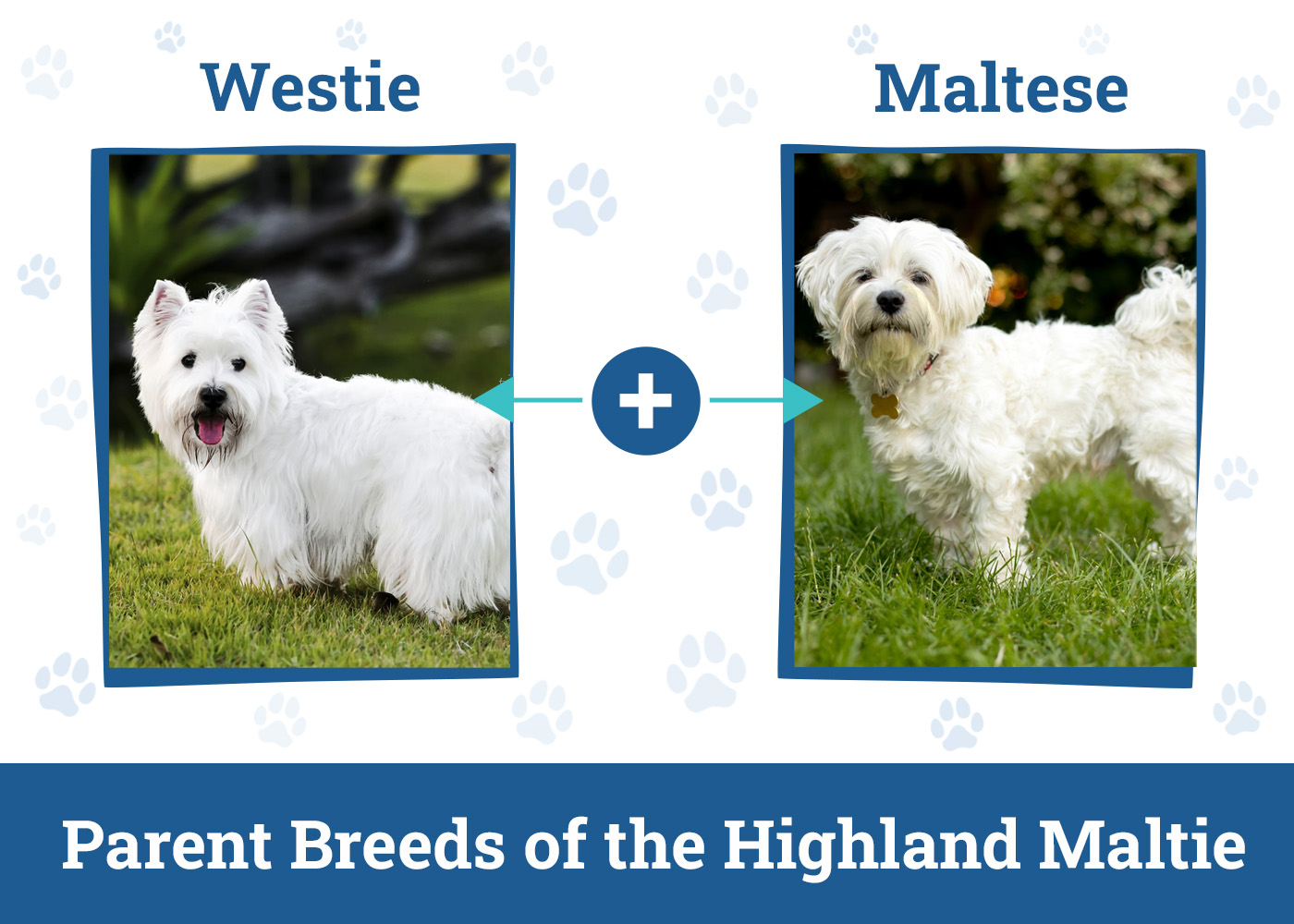

Temperament & Intelligence of the Highland Maltie
The Highland Maltie is a lively, alert dog that is very intelligent. They’re often playful and lovable, making them great companion dogs for many people. They also are quite curious and confident. Often, they inherit the terrier instincts from their Westie parent, so they often chase smaller animals.
They quickly devote themselves to their owner and family, becoming very affectionate. They enjoy being the center of attention. That said, the Highland Maltie can be stubborn and independent. They weren’t bred to listen to humans, so they don’t typically do well in training. They can be trained but need consistent training sessions and plenty of patience.
These canines often don’t do well with rough play and can be nippy. Therefore, they do best with older children or very careful supervision. Children should be taught how to respect their space.
They may get along with other pets if socialized from an early age. However, they tend to chase just about everything.
Are These Dogs Good for Families?
These canines can make great companion animals for the right family. They’re loving and playful, preferring to spend much time around people and other pets. They’re extremely friendly. Because they’re small, they also work well in apartments.
However, these canines can be stubborn. They don’t take well to training, so they work best for experienced dog owners. They don’t tolerate rough play, which can be a problem for smaller children. They may also bark and chase small animals, especially if they aren’t socialized properly.
They also need a lot of grooming and attention and may suffer from separation anxiety if left alone for too long. Therefore, they are best suited for experienced dog owners, families with older children and other pets, and people who can spend time with them.
Does This Breed Get Along With Other Pets?
This breed often gets along well with dogs and cats, especially when socialized. They are naturally social animals, which makes them get along very well with other dogs.
However, they have a strong prey drive and tend to chase things. They aren’t best for homes with smaller animals like rabbits, hamsters, and birds. They also need to be socialized with cats, as they tend to chase them, too.
That said, given their small size, they don’t typically see cats as prey animals. The average-size cat will weigh the same or more than these dogs.

Things to Know When Owning a Highland Maltie
Food & Diet Requirements
The Highland Maltie is a small dog that doesn’t need much food. However, because they are often very active, they do best on high-protein food for more active dogs. They’ll often need a small breed food, too, as they require smaller kibble pieces to chew easily.
Be sure to choose a food suitable for their age, too. Puppies should be fed puppy food until they stop growing, usually at around 1 year. If your dog is not very active, you may end up needing a diet food to keep them at a healthy weight.
Foods that include added omega fatty acids work well for this breed, as these fats can help support their coat health. Dogs with allergies should avoid their allergen to prevent discomfort and itchiness.
You should feed these dogs at least twice a day, while puppies may need to be fed three to four times a day. Of course, always provide access to fresh water.
Exercise
The Highland Maltie is an energetic breed that requires regular exercise to stay healthy and happy. You should aim to give your dog at least 30 minutes of exercise daily, such as a walk or playtime in the backyard.
You can also take your dog to dog parks and other public places for socialization opportunities while exercising.
These dogs aren’t the most active out there regarding exercise needs but they are very lively. However, keeping them well-exercised can prevent behavioral problems like excess barking and jumping. If your dog seems a bit too energetic, it may be that they just aren’t getting their exercise needs met.
Furthermore, the Highland Maltie is also quite intelligent, so they need plenty of mental stimulation to thrive. You should give them plenty of “jobs” to do, including puzzle toys, obedience training, and other tasks. Otherwise, they can become bored and destructive.
Training
The Highland Maltie isn’t the easiest dog to train. They enjoy learning new things and may sometimes respond well to training. However, they are also stubborn and independent, making it challenging to train them well. You should expect it to take them longer to pick up on commands. Plan to keep training sessions short, as their attention span is shorter than most.
While they are difficult to train, you shouldn’t skip training. Obedience training keeps them entertained and makes them easier to control.
Because the Highland Maltie is part terrier, early socialization is important to discourage chasing other animals or barking at strangers. You should expose your Highland Maltie to different people, places, sounds, and situations from a young age and make sure they have positive experiences with them. While training is important, socialization is key.
Grooming ✂️
While these dogs are very beautiful, they require a lot of grooming to keep them that way. Their long, thick white coat can grow very long if left untrimmed. Therefore, most dog owners will get their Highland Maltie trimmed professionally every month. Depending on their coat type, these dogs can also be stripped, giving them a wirier coat texture.
You can get their coat in a longer style, but this will require more brushing. Many owners prefer the shorter “puppy” cut, which is easier to care for.
The Highland Maltie should be brushed 3 to 4 times per week with a sturdy brush, focusing on areas such as the armpits and groin that tend to get matted quickly.
The Highland Maltie also needs other grooming tasks, such as cleaning their ears and eyes regularly to prevent infections, clipping their nails to prevent overgrowth or splitting, and brushing their teeth to prevent dental problems. The groomer can complete some of these tasks if you’re already getting your dog professionally trimmed. However, things like ear and eye cleaning must be done at home every few days.
Luckily, these dogs shed minimally, especially when stripped or trimmed.
Health and Conditions
As a mixed breed, the Highland Maltie tends to be healthy. They’re unlikely to inherit genetic conditions, as their parents are very genetically different from each other. However, they may be prone to a few common health problems in both parent breeds.
Because their ears are hairy, they are more likely to develop ear infections. Luckily, these are preventable if you keep their ears trimmed and cleaned. They may also be prone to eye infections for the same reason. Keeping the fur around their eyes trimmed can also prevent these, but you may need to clean them with special drops.
They’re also prone to patellar luxation, which occurs when the kneecap slips out of the proper position. This condition can cause pain and lameness if not treated. Luckily, it’s pretty simple to treat and not deadly, though you should see your vet as quickly as possible.
The Highland Maltie may also be prone to cataracts, which leads to impaired vision and blindness. These may occur when they are older or young. Luckily, surgery and medication can help correct these vision problems.
- Ear infections
- Eye infections
- Cataracts
- Patellar luxation
Male vs. Female
As a mixed breed, there aren’t many differences between different genders within this breed. Their size tends to vary so much that gender-specific size differences don’t occur. Furthermore, temperament and training differences aren’t notable, either.
The only significant differences involve breeding. Females will go into heat and can get pregnant. Males cannot, though they may wander off if they smell an in-heat female. Spaying or neutering your dog can eliminate these differences.
Females can get different types of cancer from males, as they have different reproductive systems. However, these health and reproductive differences are true for all dogs.

3 Little-Known Facts About the Highland Maltie
1. They vary a lot.
Because these dogs are a mixed breed, you never know what trait they will inherit from what parent. Therefore, they tend to vary much more than purebred dogs. Some will have tons of terrier traits, while others may have none.
2. The Highland Maltie isn’t recognized by the American Kennel Club.
The AKC does not recognize mixed breeds, including this one. Therefore, while both parents may be AKC registered, the resulting mixed puppies cannot be.
3. They aren’t always white.
For the most part, these dogs are completely white. However, when you mix two dog breeds, you may end up with strange markings you weren’t expecting. For instance, some of these dogs have patches of tan or black.

Final Thoughts
The Highland Maltie is a tiny, fluffy dog that instantly captures many people’s hearts. This tiny mixed breed is typically white with a lively, excitable temperament. However, their appearance and temperament can vary widely because they are a mixed breed.
They’re often good with children and in families. However, they aren’t always best with small kids due to their roughness. They also don’t take well to training, so an experienced dog owner is recommended.
Their silky white coat is one of their most obvious draws, but it can require a lot of grooming to keep it that way. Many dog owners will get them professionally groomed about once a month to keep them in tip-top condition.
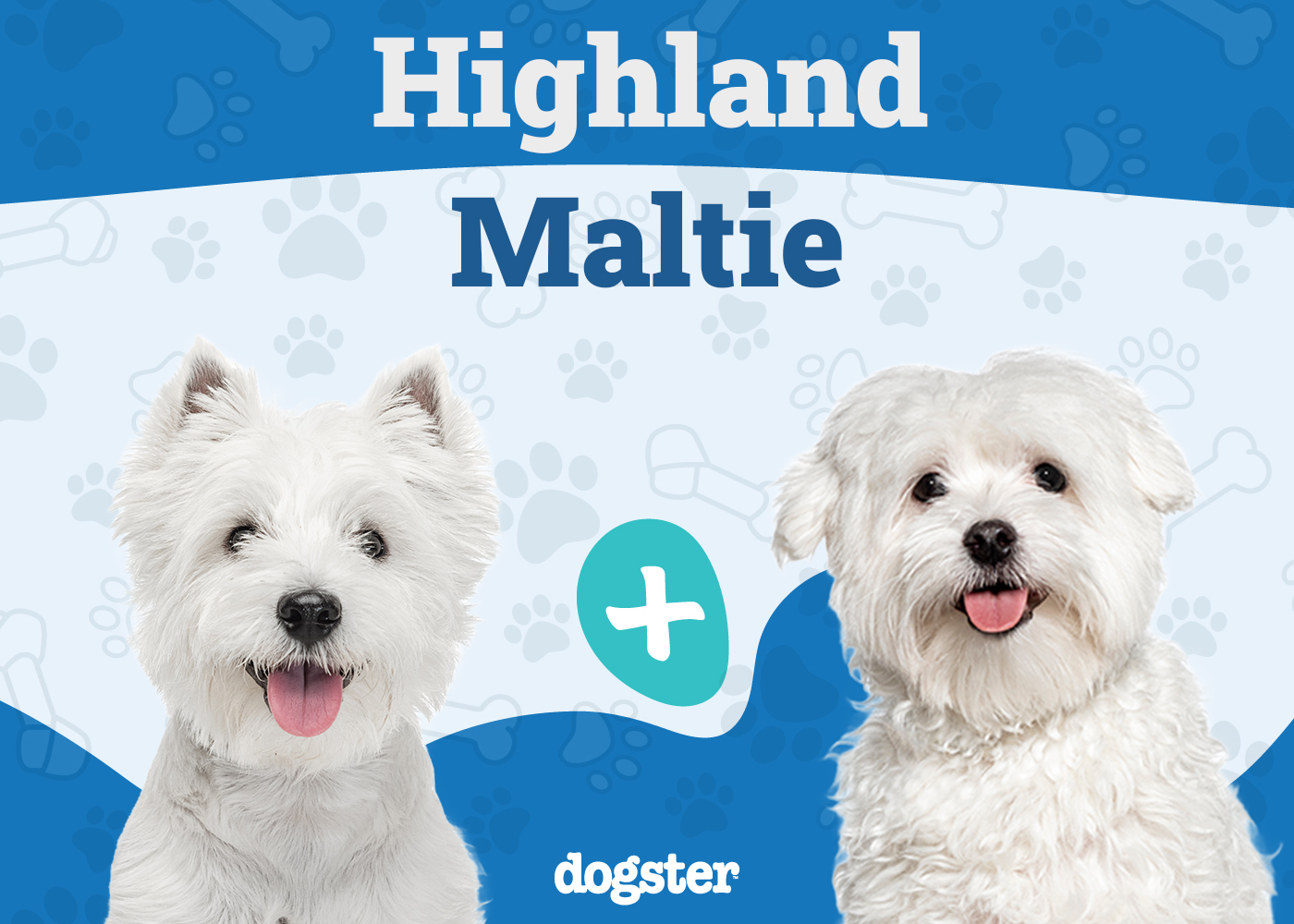

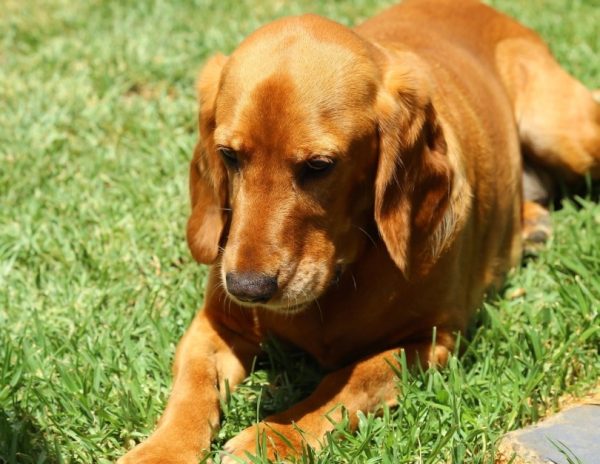
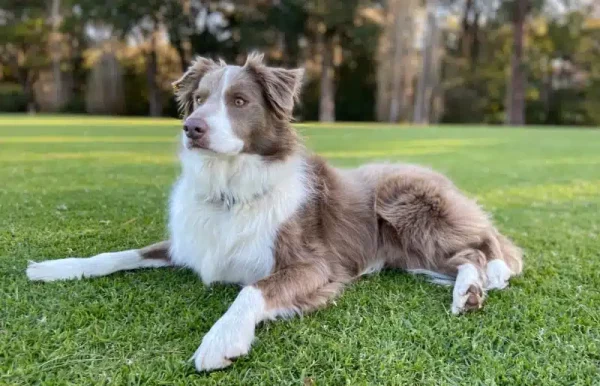
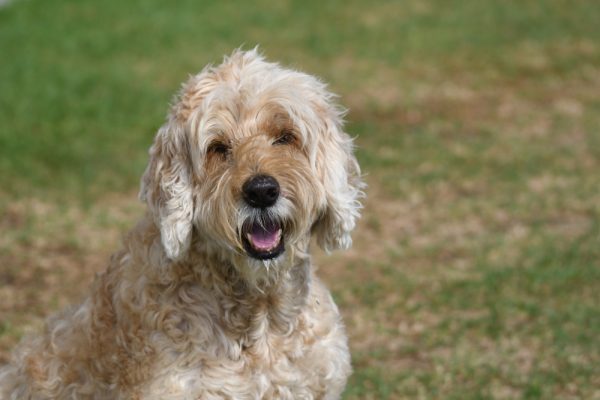

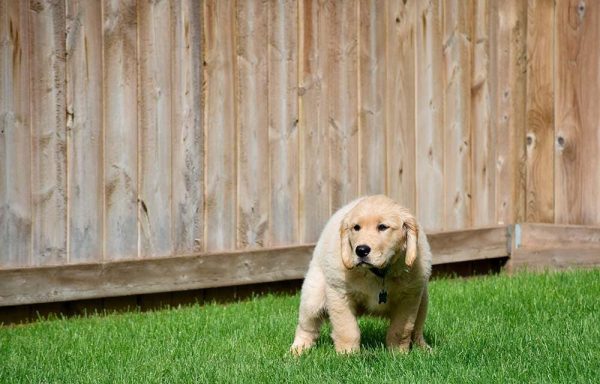


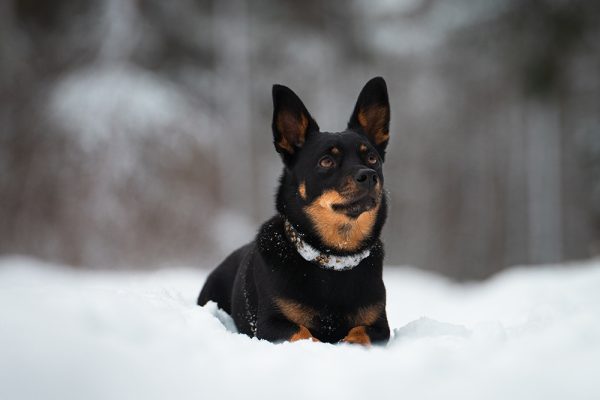





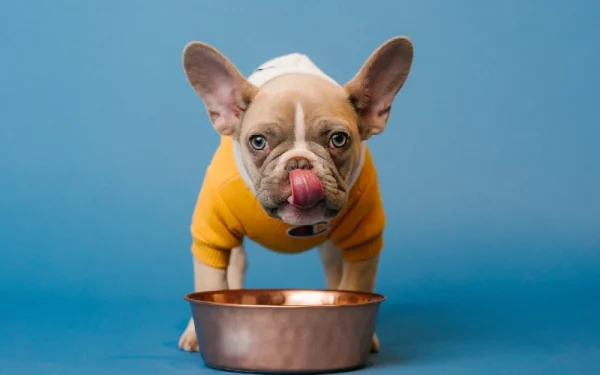

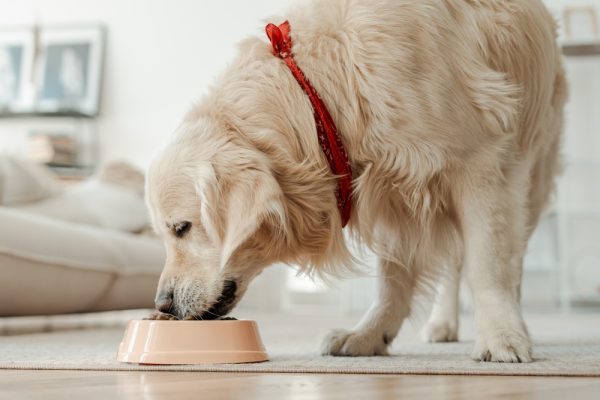

2 Responses
I just lost my beloved souldog, a highland maltie of 14 years, Zeus. My heart is shattered and I am not ready yet, but there's this wish in my heart that eventually, I will adopt a dog from the same breed again. They're not easy to find. It's usually breeders for one or the other. If there's a breeder that someone knows who breeds highland malties, I'd just love to know. Thanks! ♥
Hello Melissa,
thank you for your message, although it is very sad to hear about Zeus. I completely understand that you are going through grieving process right now, and that is ok. These things shouldn't be rushed and you should take your time to process all of this.
However, it is great to hear that you still consider the possibility of adopting another dog some time in the future and that you are willing to open your heart once again.
Best wishes!